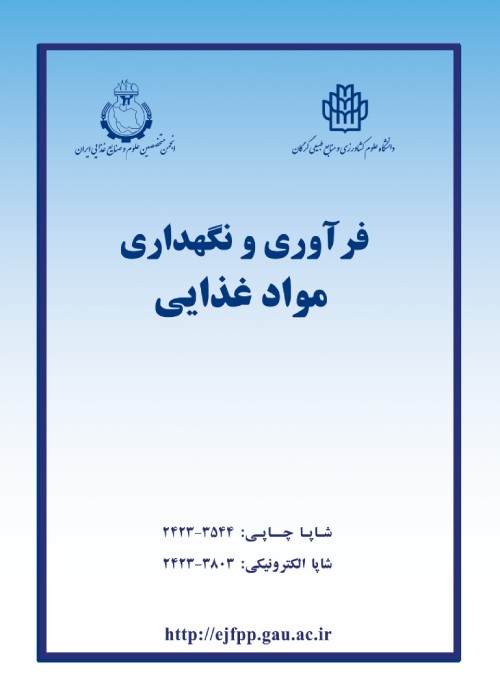Investigating the safety and probiotic properties of proteolytic lactic acid bacteria isolated from raw milk and evaluating their ability to produce aromatic compounds
Dairy products are good sources of lactic acid bacteria (LAB). Proteolytic activity as one of the physiological properties of LAB plays important role in generating the aroma and taste of various cheeses, and reducing their ripening time. Therefore, the identification of multi functional strains can result in introducing novel cultures in order to manufacture the products with desired sensory properties and health-promoting effects. The aim of this study was to evaluate the proteolytic activity and probiotic properties of some LAB and their ability to produce aromatic compounds.
In this research, the proteolytic activity of three strains of Lactococcus lactis subsp. lactis, Lactobacillus delbruekii, and Lactobacillus fermentum was measured using the well diffusion method in Skim milk agar medium. Also, some safety properties including resistance to antibiotics such as erythromycin, penicillin, clindamycin, gentamicin, vancomycin, tetracycline, ampicillin and chloramphenicol, hemolytic activity and production of biogenic amines and a number of probiotic characteristics including cell surface hydrophobicity, auto-aggregation, co-aggregation and antimicrobial activity of these 3 strains were investigated. In addition, the ability to produce two aromatic compounds, diacetyl and acetylene, was evaluated qualitatively.
The diameter of the halos created as a result of the proteolytic activity of L. fermentum, L. delbrueckii and L. lactis subsp. lactis was 29.5, 25 and 15.7 mm, respectively. These strains were resistant to gentamicin and vancamycin and sensitive to chlorphenicol. The studied strains did not show any hemolytic activity and the ability to produce biogenic amines was not observed in them. In L. fermentum, L. delbruekii and L. lactis subsp lactis, the level of cell surface hydrophobicity was 83.33, 62.67 and 8.94%, respectively, and the auto-aggregation rate was 35.68%, 23.61% and 7.16% respectively. All three strains had a relatively high co-aggregation percentage with S. aureus S. typhimurium, L. monocytogenes and E. coli and showed a good antimicrobial effect on the studied pathogens. Also, the highest intensity of color resulting from the production of diacetyl and acetoin was observed in L. fermentum and L. delbruekii, respectively.
In this research, it was found that all three strains are safe and have good probiotic properties. In addition, due to their proteolytic activity, these strains are capable of producing the aromatic compounds of diacetyl and acetoin. In conclusion,, L. lactis subsp lactis, L. delbruekii and L. fermentum bacteria can be used as starter cultures to produce cheeses with a shorter ripening period and health-promoting potential.
- حق عضویت دریافتی صرف حمایت از نشریات عضو و نگهداری، تکمیل و توسعه مگیران میشود.
- پرداخت حق اشتراک و دانلود مقالات اجازه بازنشر آن در سایر رسانههای چاپی و دیجیتال را به کاربر نمیدهد.




